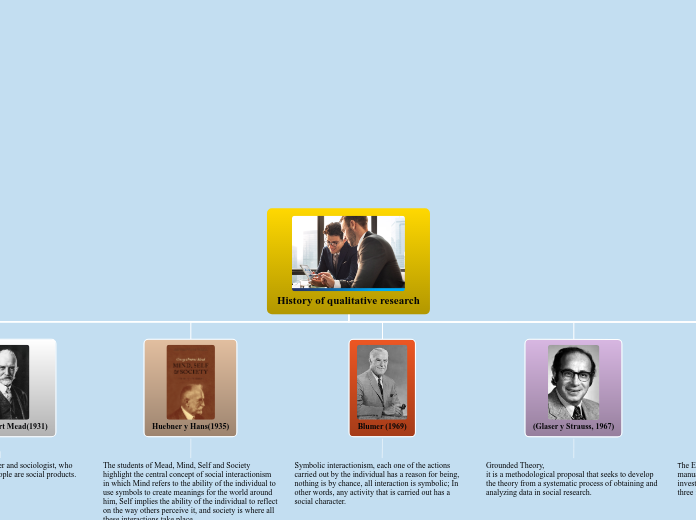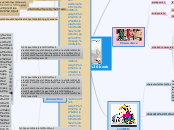door Elsa Farfan 4 jaren geleden
404
History of qualitative reseach
Symbolic interactionism emphasizes the role of language and symbols in human communication, suggesting that individuals interpret and act based on the meanings these symbols hold for them.









